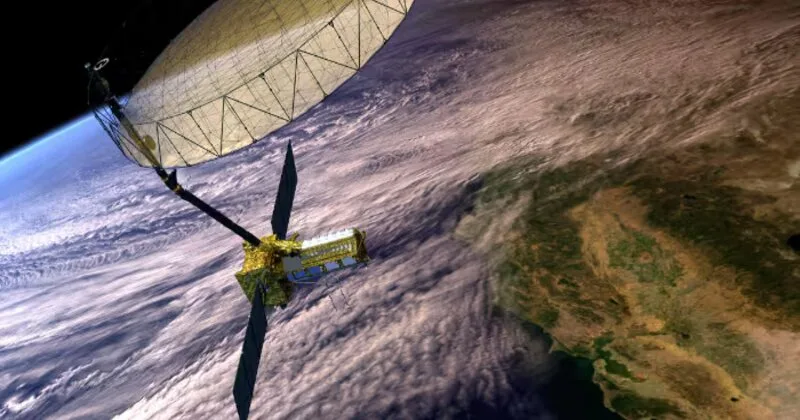
NASA has confirmed that NISAR, the world’s most advanced and expensive Earth observation satellite developed jointly by India and the US, is now scheduled for launch in March 2025. Initially planned for 2024, the 2.8-tonne satellite is the product of a decade-long collaboration and is set to launch from the Satish Dhawan Space Centre. NISAR, short for NASA-ISRO Synthetic Aperture Radar, will scan Earth’s land and ice surfaces twice every 12 days, tracking changes in ecosystems, ice, and solid Earth with exceptional precision.
With a cost exceeding ?5,800 crore, NISAR is the first satellite globally to feature dual-frequency radar—NASA’s L-band and ISRO’s S-band—for unparalleled data accuracy. Key components were shipped to India in October 2024, but the mission faced delays due to technical issues with its 12-meter radar antenna reflector. The satellite’s data is expected to enhance global resource and hazard management while offering crucial insights into climate change and Earth’s surface dynamics, including the movement of glaciers, ice sheets, and tectonic activity.
NISAR will significantly contribute to disaster response by providing high-resolution, rapid observations before and after natural disasters, aiding damage assessment and mitigation. Its radar capabilities allow imaging through dark conditions, adverse weather, and dense vegetation, making it ideal for mapping and monitoring changes in forests, wetlands, and Earth’s crust. The mission is poised to offer groundbreaking data for understanding Earth’s physical processes and responding to global environmental challenges.

Post Your Comments